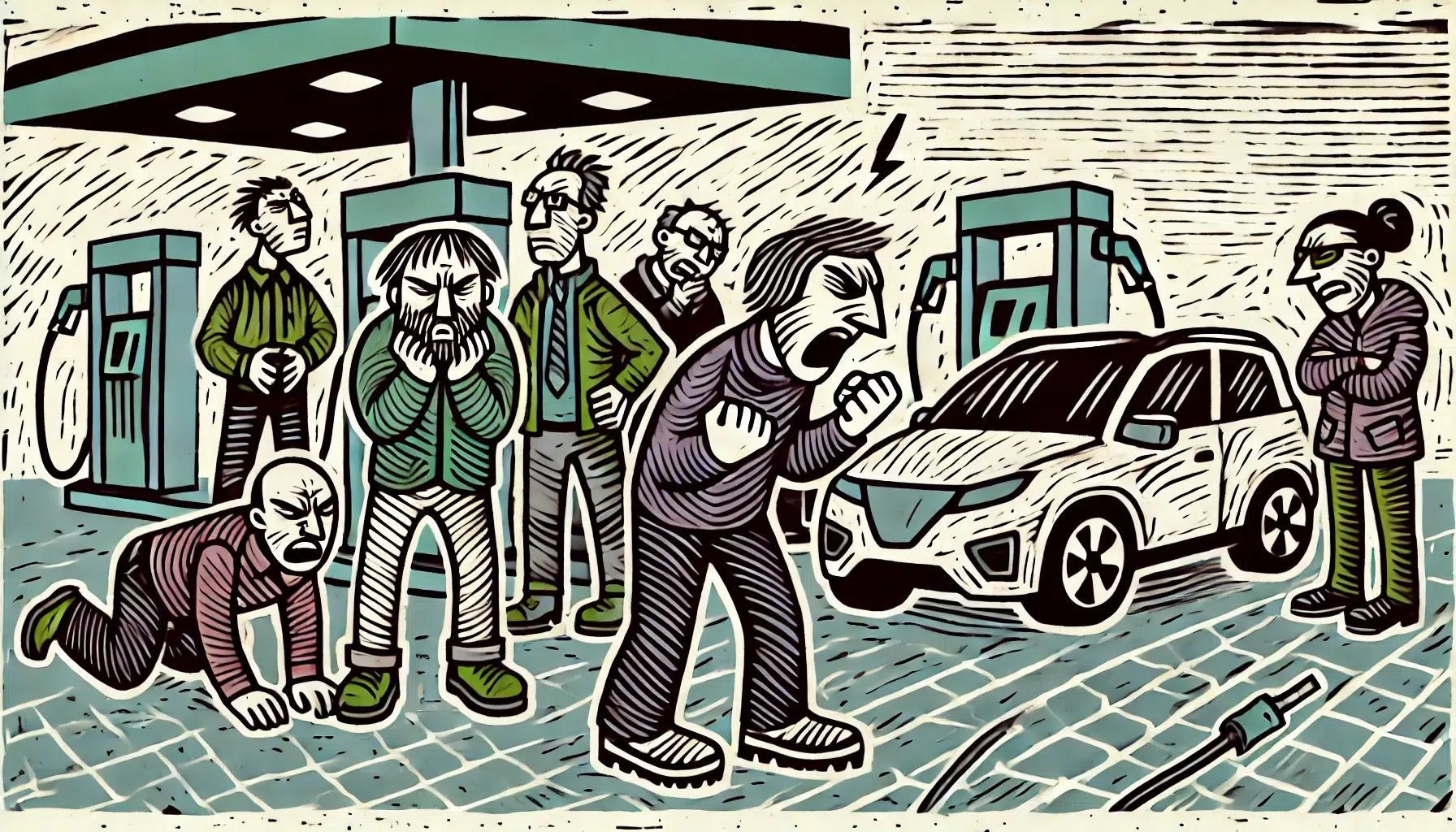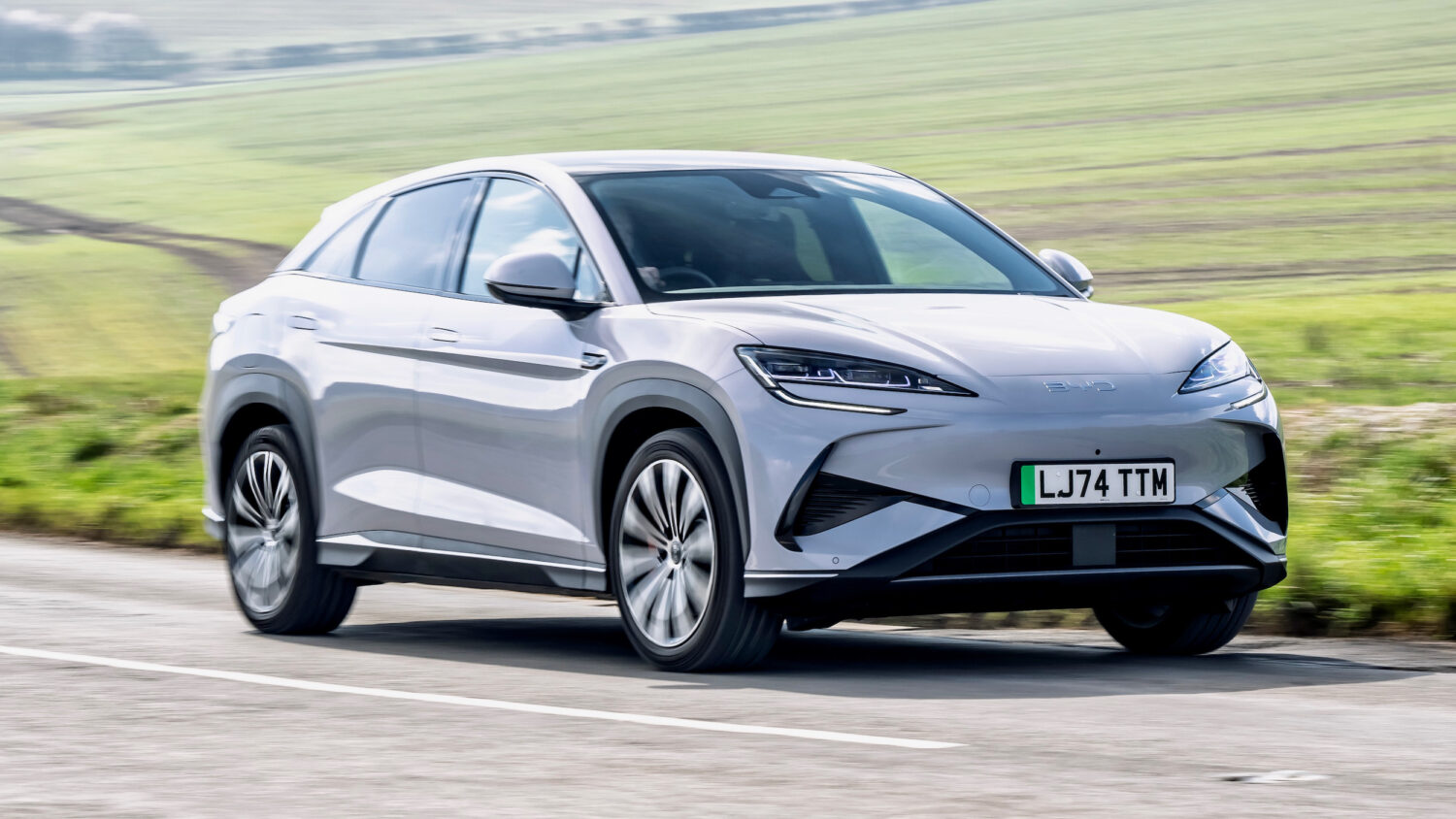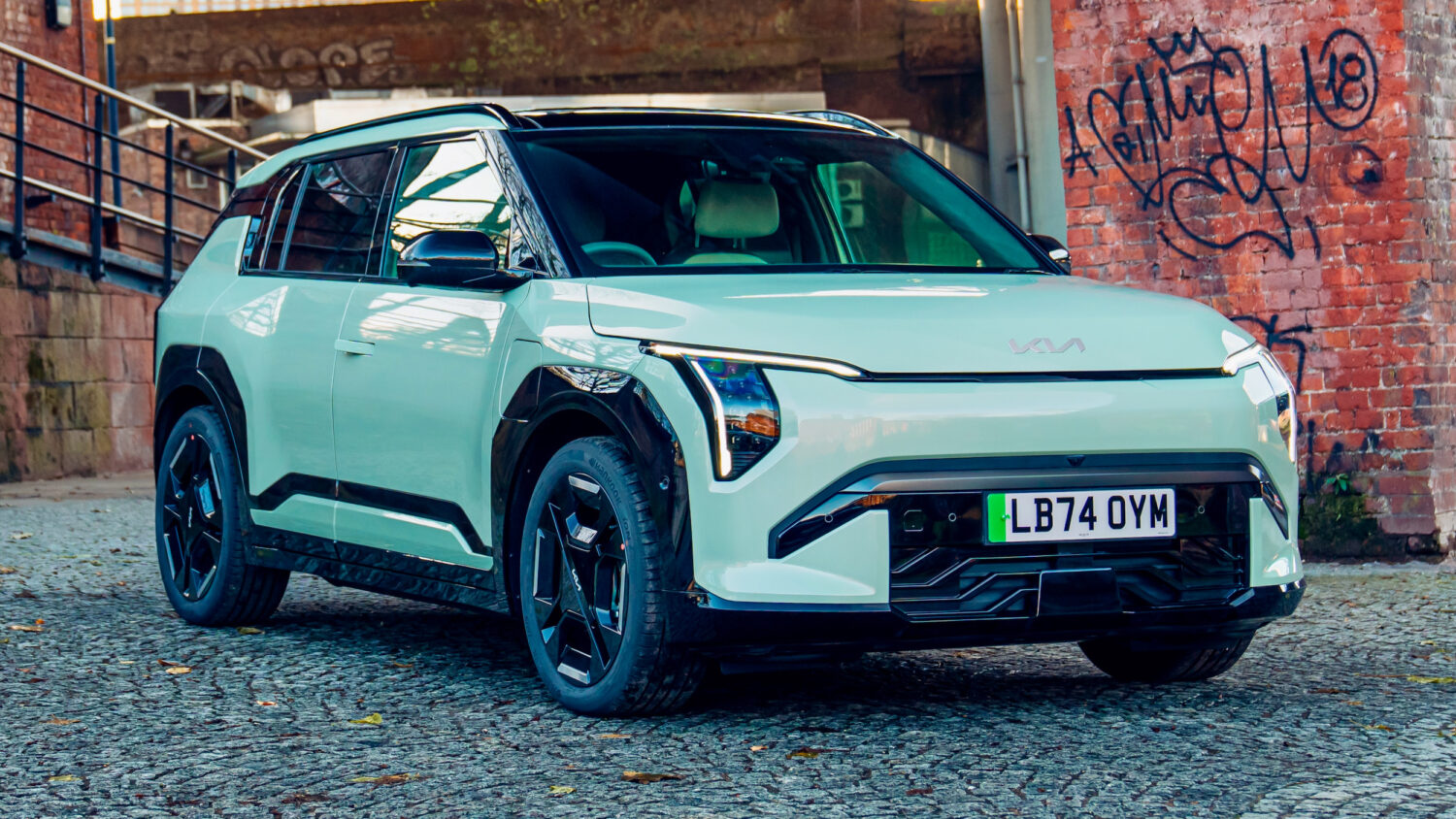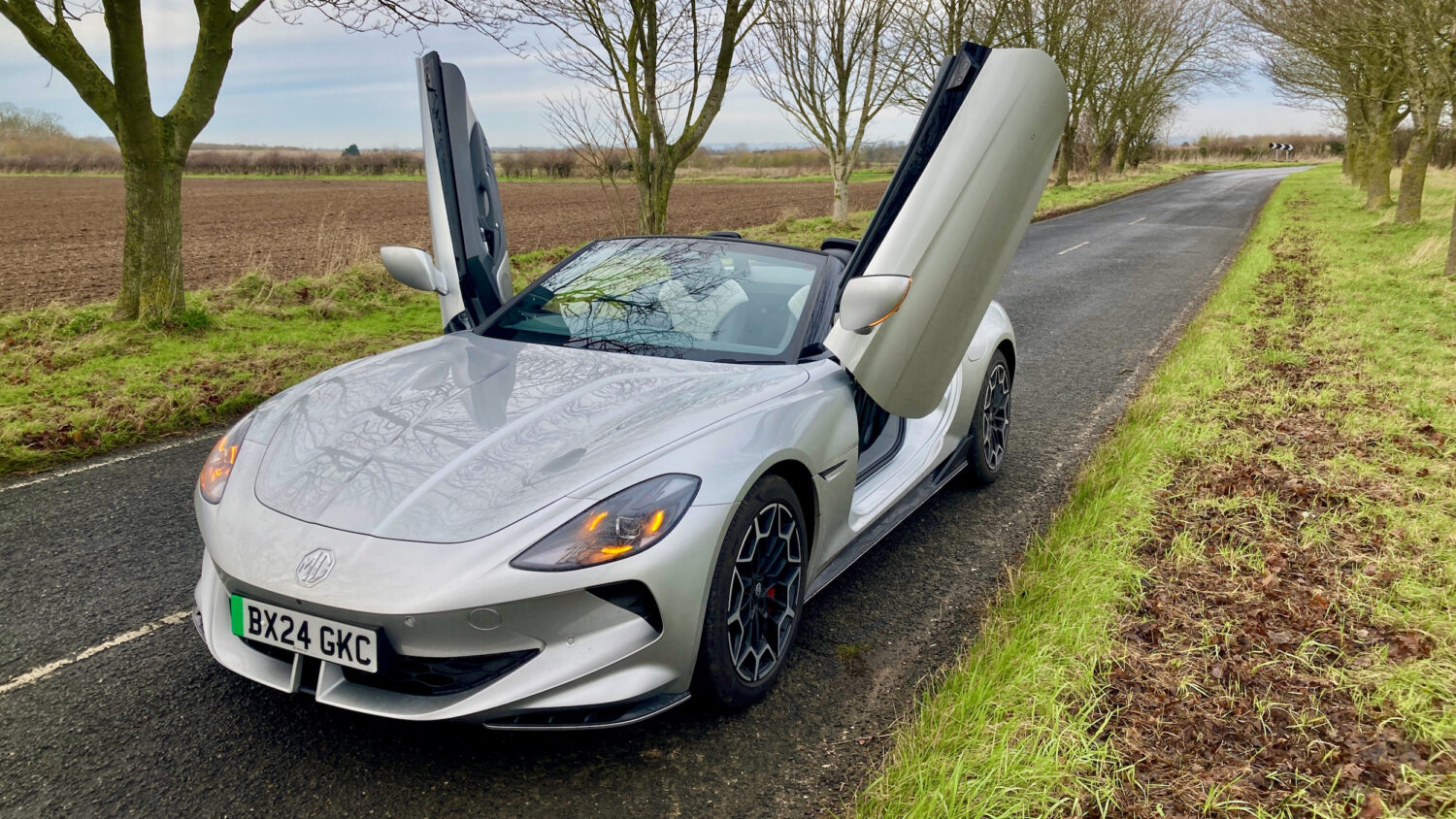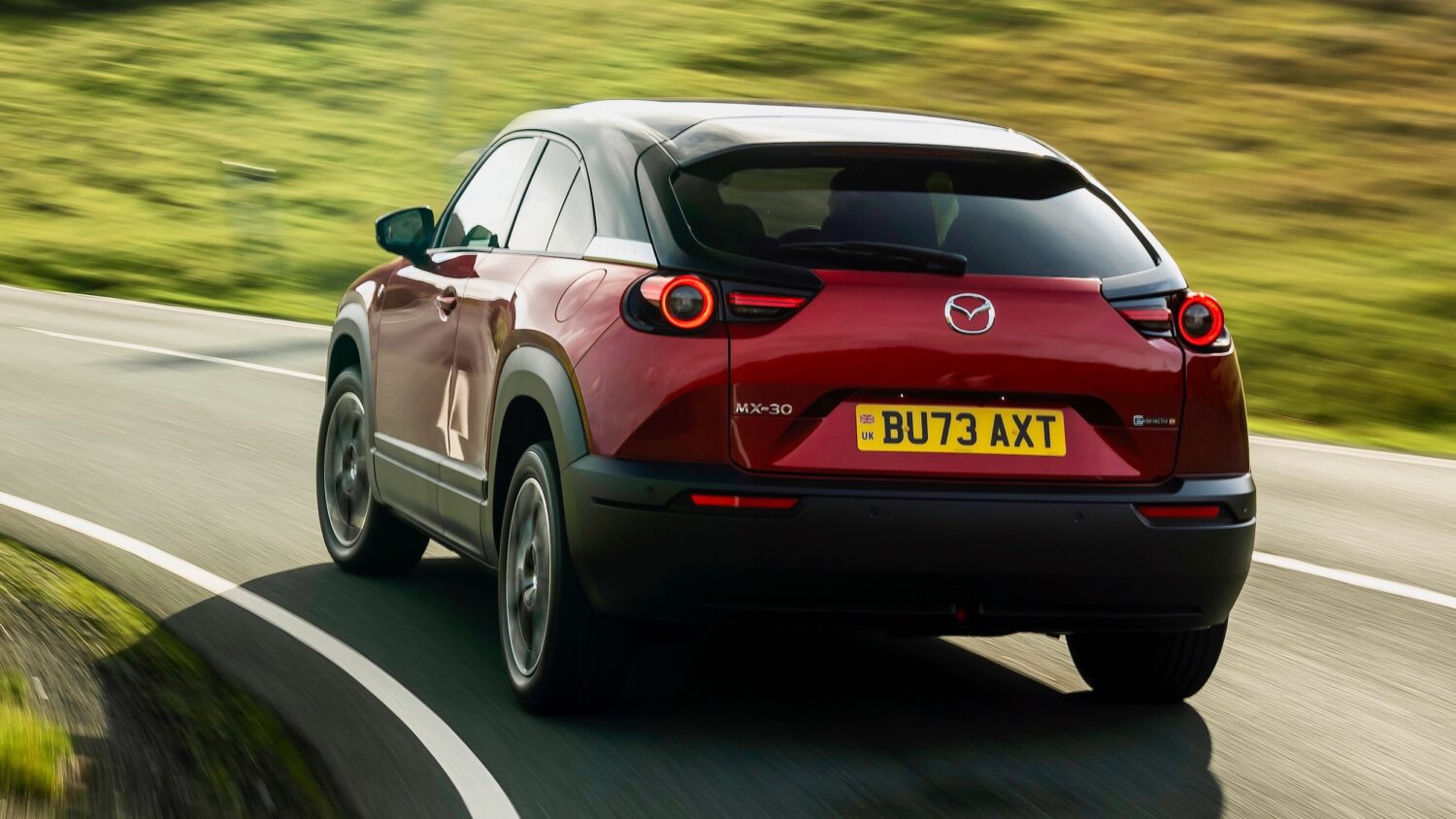Petrol and diesel prices are staying high because there are now fewer forecourts for the business…
RAC head of policy Simon Williams said, “It’s disappointing to hear that the CMA is still concerned about competition among fuel retailers, and that margins remain higher than historic levels – especially after it announced this summer that drivers were overcharged by £1.6bn in 2023.
“We hope the introduction of the government-backed fuel finder scheme next year will succeed in driving greater competition and enable drivers all around the UK to benefit from fairer prices. In the meantime, cost-conscious drivers can download the free myRAC app and use it to find the cheapest fuel near them.”
In its latest report, Dan Turnbull, Senior Director of Markets at the CMA, said, ”While fuel prices have fallen since July, drivers are paying more for fuel than they should be as they continue to be squeezed by stubbornly high fuel margins. We therefore remain concerned about weak competition in the sector and the impact on pump prices.
“With that in mind, we are pleased the government is progressing with our recommendations. These measures will empower drivers to find the cheapest fuel prices wherever they are in the UK, increase competition and support the economy – the more people save on fuel, the more they have to spend in other areas.”
Fuel margins
Fuel margins of retailers – the difference between what a retailer pays for its fuel and what it sells at – remain around the high levels seen during the CMA’s road fuel market study.
Supermarket fuel margins increased over the May to August 2024 period, up from 7.0% in April to 8.1% in August. Non-supermarket fuel margins also increased from 7.8% in April to 10.2% in August.
The sustained increase in the level of fuel margins is concerning and suggests that overall levels of competition in the road fuel retail market remain weakened.
Fuel prices
Fuel prices decreased for both petrol and diesel from June to October 2024. These movements reflect in part changing crude oil prices and refining spreads, both of which are driven by global factors.
The average petrol and diesel prices at the end of October were 134.4 and 139.7 pence per litre (ppl) respectively. This represents a decrease of 10.0 ppl and 10.4 ppl in petrol and diesel prices than the previous four months.
Retail spreads
The CMA also looked at the retail spread – the average price that drivers pay at the pump compared to the benchmarked price that retailers buy fuel at – over July to October 2024.
Retail spreads were above the long-term average of 5-10 ppl, with petrol averaging 14.9 ppl and diesel averaging around 16.3 ppl. Retail spreads have been above long-term averages since 2020, indicating an ongoing lack of retail competition in the sector.
Despite a fall in wholesale energy prices the cost of charging an electric vehicle using public rapid and ultra-rapid chargers remains stubbornly high, shows new data from RAC Charge Watch.
In sharp contrast to the remarkably low prices enjoyed by drivers who are able to recharge their vehicles at home, the price of using the very fastest chargers, which are relied on by drivers making journeys beyond the range of their vehicles, is virtually unchanged since the start of the year.
The average cost of a rapid pay-as-you-go charge, using chargers with power outputs between 50 and 149 kilowatts, currently stands at just under 80p per kilowatt hour (79.19p per kWh), virtually unchanged on the start of the year (79.55p) but up 4% since a year ago and up 28% on two years ago. Drivers today therefore pay £41.18 to charge a family-sized electric car from 10% to 80%, adding a range of around 170 miles.

Using the country’s fastest ultra-rapid chargers – those with a power output of 150 kilowatts or above that can charge many EVs in minutes – costs a similar 77.67p per kWh, making a 10-80% charge cost £40.39.
The RAC’s research uncovers the extent to which drivers unable to charge at home are paying a significant premium over those that can. Off-peak home charging can cost just a seventh of the price of doing so at an on-street lamppost or bollard charger where these exist (7p, compared to between 49p per kWh), and less than a tenth of the price of using a much more common rapid or ultra-rapid charger (7p, compared to 80p and 78p per kWh).
The Featured image was created with AI the assistance of DALL·E

Robin Roberts
Motoring Journalist
Robin contributes to a number of outlets in Wales and the UK, including the Driving Force editorial syndication agency feeding the biggest regional news and feature publishers in Britain.
Robin was the longest serving chairman of The Western Group of Motoring Writers. He specialises in the Welsh automotive sector and motor related businesses with interests in Wales and publishes WheelsWithinWales.uk which covers news, features, trade and motor sport in Wales.
Recent Electric Car Reviews
The latest cars, suvs and crossovers reviewed by our experienced journalists.
BYD’s new Sealion 7 coupe-SUV set for prime time
Today, as the market for full-electric SUVs grows ever bigger, broader and more bountiful, here’s BY…
Kia EV3 GT-Line S, has all you could want
Be excited about this eye-catching electric SUV. This top-of-the-range model, the Kia EV3 GT-Line S,…
MG Cyberster, it feels fresh and new
The MG Cyberster a two-seat electric roadster, guaranteed to turn heads Car Reviewed: MG Cyberster T…
Mazda MX-30 E-Skyactiv R-EV, quirky is good
Innovative, quirky, strange, different, eccentric, odd words have been used to describe the Mazda MX…
